An Easy and Effective Beginner’s Full-Body Workout At Home
An effective workout at home is easy to achieve. You just need to get up and do it. No more excuses. Take that body of yours, no matter how fit or unfit you are, and move. If you can do one sit up, then do it. Tomorrow you can try for two. It is persistence and determination that gain results over time. If you do the work, you will improve. Fitness is achievable, even for the very unfit. So, do this easy and effective beginner’s full-body workout at home TODAY! Start your journey right now.
This post contains affiliate links. As an Amazon Associate, I earn from qualifying purchases.
“For me, life is continuously being hungry. The meaning of life is not simply to exist, to survive, but to move ahead, to go up, to achieve, to conquer.”
-Arnold Schwarzenegger-
What is the Best Exercise for Beginners?
There are so many ways to be physically active. And there are effective workouts for all levels of fitness.
The best exercise for beginners is one that gets you excited about exercising. It is the one that you are inspired to do and continue to do week after week.
According to the World Health Organization, we should do at least 150 – 300 minutes of moderate-intensity aerobic physical activity in every week. And we should also do muscle-strengthening activities at moderate or greater intensity that involve all major muscle groups on 2 or more days a week for added health benefits.
So the things that get you excited about fitness and working out should include both aerobic (cardio) and strength-building.
What Is the Most Effective Beginner’s Fitness Routine?
Cardio and strength-building exercises are just two elements of a good fitness routine. The most effective fitness routines will incorporate all of these 5 key elements.
Five Key Elements of a Good Fitness Routine
1. Cardiorespiratory Endurance
Most good fitness programs have an aerobic component. This is the session that elevates your heart rate and makes you breathe heavier. This is vital for good blood flow and oxygen exchange to nourish your tissues. It will also lead to better hormone balance and release happy neurotransmitters in your brain.
2. Muscular Strength & Endurance
Doing the aerobic component of a fitness routine will work muscles to some degree. But studies have shown that we need more than just cardio. We also need some resistance work to build muscle, keep bones strong and help boost our metabolism. The more muscle you have, the more calories you will burn, even in your sleep.
So, a good fitness routine will include some resistance work too. This can be with body weight, resistance bands, free weights, or machines.
3. Core Strength
A good whole-body workout will also include some exercises that target your core muscles. These are the muscles that give us good posture, including your abdomen (abs), back and pelvis.
Sit ups, crunches and planks are likely the most well-known core exercises. A Pilates ball is great for engaging core muscles and making them strong.
4. Flexibility
Exercises that work muscles will also act to shorten the muscle fibers. On recovery, this can leave us stiff and awkward. So, a good fitness program will incorporate movements to help stretch out those fibers, leaving you bendable. Proper stretching improves your joints range of motion and increases flexibility.
5. Balance
Having a strong core is necessary for posture and balance, but it is not enough to simply have a strong core. You also need to train your eyes, inner ear and brain too. This is done with repetition of movements. The more you practice, the better you will get at it.
“The best day to start exercising is today. Tomorrow can turn into weeks, months or years.”
-Mark Dilworth-
How Do you Structure an Effective Workout Routine At Home?
There are three segments to a good At Home Workout.
- Warm-Up & Light Cardio
- Main Workout (cardio and/or strength)
- Stretching and Cool-Down
Warm-Up to a Great Workout Routine
You need to get your heart pumping, blood flowing and muscles ready for your main workout. A good fitness routine will have a light, easy cardio component and some dynamic stretches. Dynamic stretches are active movements through a range of motions. Some examples include butt kicks, high knees, walking lunges and arm circles.
Awesome Main Fitness Routines
If building strength is your goal, then your main workout will be resistance training. If your goal is to improve your cardio, then your main workout will be an aerobics session or training run. Of course, your main fitness routine can incorporate both cardio and strength elements. This is the case in many fitness classes, such as Zumba, Crossfit, Bootcamp, and Aquafit.
Keep in mind that it is best not to mix harder endurance runs, for example, and intense weightlifting session on the same day. But this is beyond the scope of beginner’s fitness.
For strength or combination fitness routines, an effective full-body workout should include all the main large muscle groups of the arms, chest, legs, and core.
Stretching and Cool Down
After concluding your main workout, you should start to slow your heart rate, breathing and lengthen those muscle that worked. So, this is the time for some very gentle cardio, perhaps some yoga movements or static stretches. Static stretches are movements that are held for a short period, usually up to 30 seconds. Some examples of static stretches include toe touches, overhead triceps stretch or a standing hamstring stretch.
Never do static stretches before a workout. Your muscles need to be warm from the workout before doing them.
“Create a routine. If you take these two steps – setting aside the time and making your body move – three or four days per week, then you have in effect established a routine. It is this routine, this plan, this expectation of yourself that is going to give you the power to change the nature of your relationship with exercise.”
-Bob Harper-
How Many Times Per Week Should A Beginner Work Out?
One of the biggest problems with beginners is that you are too eager. While it is good to be excited about working out, you need to control that excitement. I know you want to dive right in and work hard towards the new, fitter you. But you need to go slow for now. Going out too fast and furious means you are likely to overdo it, make yourself sore, or even injured.
Trust me, I know… I have done it and I see people do it all the time. Being sore and injured is no fun. It hurts. And it may mean you are less excited for the next workout. Many quit their programs before they really get going.
I want you to be excited. But I also want you to dole out that excitement in small doses. Save some for next time. Do not do the same workout hard every day, 7 days per week. You will burn out.
You want to have rest days, so that your muscled can heal. So, when you are just starting out, go easy with 2 or 3 workouts per week. As you progress you can add in more.
But in the beginning, start slow. Let your body get use to the movements. And allow yourself sufficient rest so that you are still excited for the next round.
If you really must workout everyday, alternate your main cardio workout with strength exercises. Perhaps do cardio on odd number days and strength on even numbered days. And maybe do walks or an easy run on the weekends.
What Equipment Do I need to Workout At Home?
The good news is that you do not need any equipment to have an effective workout at home. All you really need for a great beginner’s full-body workout is your own body. This is called bodyweight training. Calisthenics and Plyometric exercises are both popular bodyweight workouts.
Of course adding in resistance bands, exercise balls or kettlebells can make for new and exciting exercises. And treadmills, stationary bikes, and ellipticals are useful for cardio work. But none of this is absolutely necessary for a decent full body workout.
Let me give you an example of an effective full-body workout at home without equipment that would be suitable for someone getting back into fitness.
A 15-Step Easy Beginner’s Full-Body Workout At Home Without Equipment
Before doing any exercise or fitness program, be sure to consult with your health care professional.
While this workout is designed for beginners, it is important to work to your level of fitness. Do more or less as needed to match your current fitness. Modify the exercise as needed to correspond to your ability.
The Warm Up
1. Walk in place for 5 minutes.
Let’s start off with a simple way to get your heart pumping. Start off by just walking in place for 1 minute. As you are able, try to pick up the pace so that you are marching or doing a slow jog in place. Do this for a total of 5 minutes.
2. Arm circles for 10 seconds.
Extend your arms out to each side. Keep them parallel to the ground.
Move your arms around in small circles of approximately 12-inch diameter. Start with clockwise circles.
Do this for 5 seconds, then switch directions.
If you are able, keep your heart rate up by doing this while continuing to walk or march.

3. Butt Kicks for 10 seconds
Stand with feet shoulder width apart. Bend arms at your sides.
Bend your right knee and try to bring right heel up toward your glutes (butt). Bring your foot back down to standing position.
Now bring your left heel toward your butt. Swing your arms to keep your balance. Alternate right and left legs for 10 seconds.
If you are able, hop from side to side and swing your arms as if you were running. This will keep your heart rate up. If you need low impact, it is perfectly acceptable to just walk it out.
4. High knees for 10 seconds.
Stand with feet shoulder width apart. Bring one knee up to waist level, then lower it back down. Repeat with opposite knee.
Continue to alternate legs for the duration of one set. Rest, then repeat for additional sets.
As you are able, do this by hopping. If you need low impact, then just walk these out and avoid jumping.

5. Jumping Jacks 10 seconds
Stand upright with feet together & hands at your side. Jump upwards raising your hands and spreading your feet apart. Return to standing position, then repeat.
For a low impact option do a Walking Jack without the jump. Step your left leg out to the side, while simultaneously raising your arms. Then step your feet together while lowering your arms. Repeat with the right leg. Continue by alternating legs.
The Main Workout
6. Push Ups 5 reps, rest 30 seconds, repeat 3 reps
Position your hands shoulder-width apart. Extend your legs and raise up on your toes. Tighten your core muscles to keep your body straight. Keep your elbows close to your body.
Bend at the elbows until your chest touches the floor, and then quickly push back up to return to the starting position.
To make it easier, rise up from your knees instead of your toes. Lower down as far as you can. Then come back up.

7. Squats 6 reps, rest 30 seconds, repeat 4 reps
Stand with your feet flat and hip-width apart. Slowly sit back by bending your hips and knees until your thighs are almost parallel to the floor. Keep your weight on your heels.
Don’t extend your knees past your toes. Slowly return to a standing position.
When learning this exercise, have a chair behind you and almost sit in the chair. This will help you keep proper posture.

8. Crunches 6 reps, rest 30 seconds, repeat 4 reps
Start on your back, knees bent and feet flat on floor.
With hands behind your head, lift shoulders off the floor while engaging your core. Hold briefly, then lower back down.
To make it harder, lift your feet off the floor to engage more of your core muscle

9. Triceps dips 3 reps, rest 30 seconds, repeat 2 reps
Place your hands on the edge of a sturdy chair. Extend your legs out in front bending at the hips.
Lower your body down towards the ground by bending your elbows. Raise yourself back up slowly using your arms.
This is a hard exercise when first starting. To make it a little easier, keep your knees bent and use a little help from your legs to help you get back up.

10. Plank 10 seconds, rest 10 seconds, repeat 10 seconds
Start face down with forearms (Low Plank) or hands (High Plank) on the floor.
Extend your legs behind you and rise up on to your toes. Keep your back straight. Tighten your core, quads and glutes. Hold the position for 30-60 seconds.
To make it easier, rise up on your knees instead of your toes. High Planks are a little easier than Low Planks.

11. Lunges 6 reps, rest 30 seconds, repeat 4 reps
Stand with your hands beside your hips and take a step forward. Keep your feet in this position throughout the exercise.
Slowly lower your body bending both knees. Try to have the knee of rear leg as close to the floor as you can.
Push back up with the front leg to the starting position.
Repeat, switching legs.

The Cool Down
12. Triceps stretch
There are a few ways to stretch out your triceps and arm muscles. Today let’s do the horizontal triceps stretch.
While standing, bring one arm across your body, bending your elbow slightly. Take your other hand and press your arm into your chest. Hold for 30 seconds and repeat with the other arm.
Alternate arms for 3 repetitions on each side.
13. Forward bend to a downward dog pose
Since you are in a standing position from the triceps stretch, we will start the downward dog by bending at the hips and lowering your hands onto the floor.
Push your heels as far to the floor as you can. Move your head towards your legs, slightly rotating your shoulders away from your ears.
Engage your quads and push back onto your heels to take the weight off your arms. Hold for 10 – 30 seconds, as you are able.
Exhale. Bend your knees and lower yourself to the floor.

14. Child’s yoga pose
This has to be my favorite yoga pose. It helped me recover from some running issues I was having. It is a great way to stretch out.
Start on all 4’s on the floor. Sit back on your legs with the tops of your feet on the floor. Spread your knees wide and lower your head to the floor. If you can’t touch your head to the floor, that is okay. Lower yourself as far as you are comfortable.
Relax your shoulders as you extend your arms forward on the floor.
Hold this pose for as long as you like. Quiet your breathing with steady inhales and exhales.

15. Corpse yoga pose
Now lay down on your back, stretching your legs out and keeping your arms beside your body with palms facing upwards. Close your eyes. Yes, you will look like a corpse, as the name suggests. Slowly breath in and out, focusing on the rise and fall of your abdomen. Relax into the floor with each breath. Stay in this position for as long as you like.
“You dream. You plan. You reach. There will be obstacles. There will be doubters. There will be mistakes. But with hard work, with belief, with confidence and trust in yourself and those around you, there are no limits.”
-Michael Phelps-
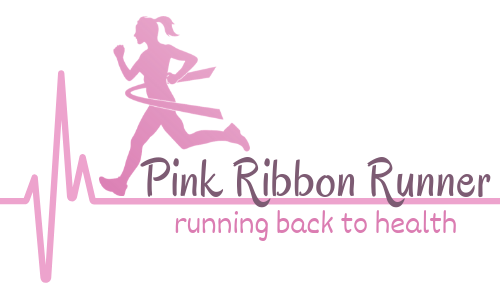


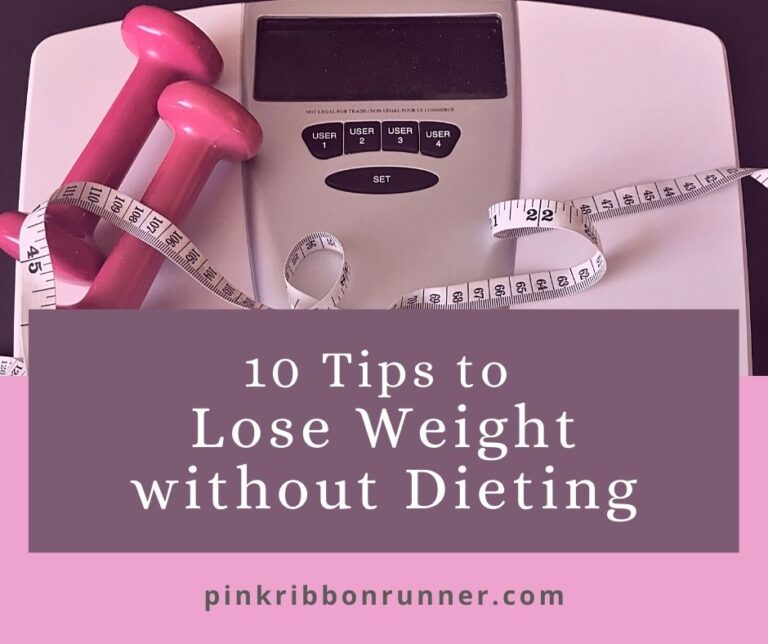


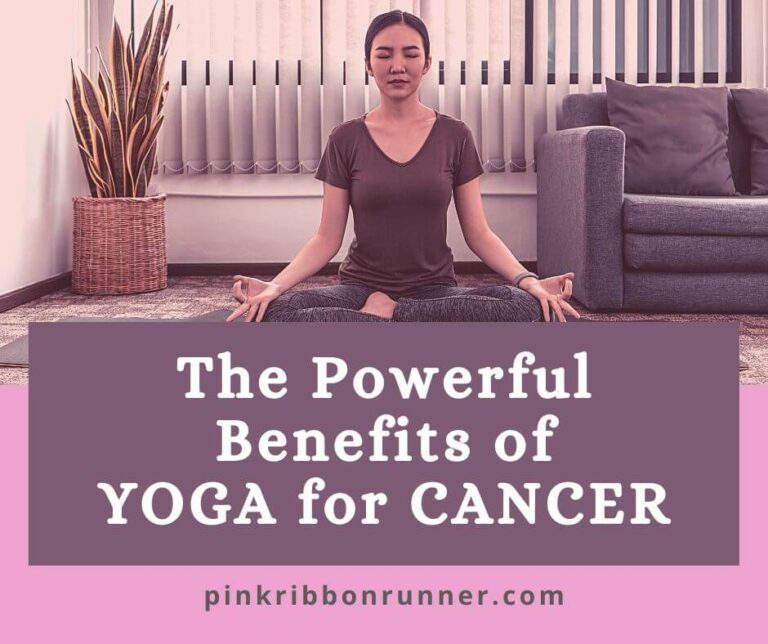
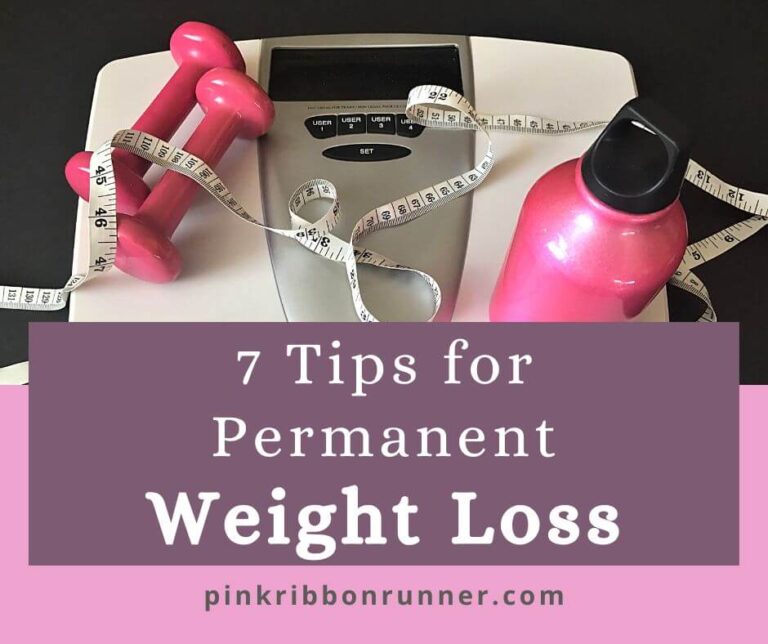
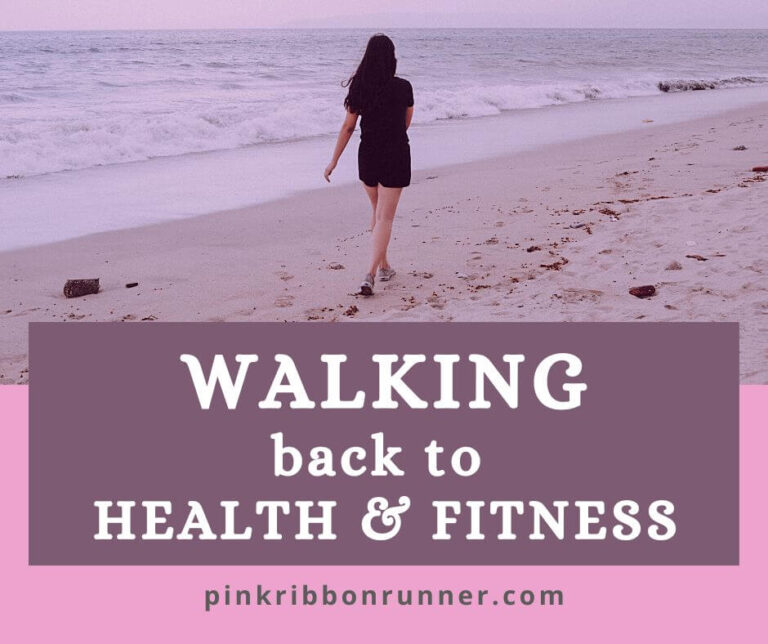
Great workout. It’s so important to have more options to work out at home nowadays. Thanks for the inspiration 🙂
Everything starts with a Plan. Thanks for the tips
Sounds great, but most importantly, doable!
Great exercise routines! Very helpful!
So helpful. Thanks for sharing
This is such a great workout! I’m definitely going to keep these exercises in mind for my clients who are just starting out!
These are great exercises to get into routine beginners will never be intimidated at all.
Great post! During the Pandemic, I stayed at home as much as possible and stopped going to the gym. I need to get back on track with my fitness goals. Your post offers helpful suggestions for working out at home.
Working out daily has been my lifesaver. Hot yoga, weights, cardio etc. it is just part of my everyday life. Your post is so good and such an easy way for any new person to just get a start to working out. When everything may be going wrong in the day, I know I always have my workouts to bring me back to myself ❤️
Thank you for all the suggestions. I feel so gung-ho and then I stop for awhile. I have to get on a schedule that I can stick to no matter what.
This is exactly what I was looking for. A DIY exercise at home for a full body workout. Great post!
LOVE this post. I am definitely that person that doesn’t work out for awhile and then jumps in way too eagerly. Thanks for sharing this very descriptive and helpful post on fully body workout!